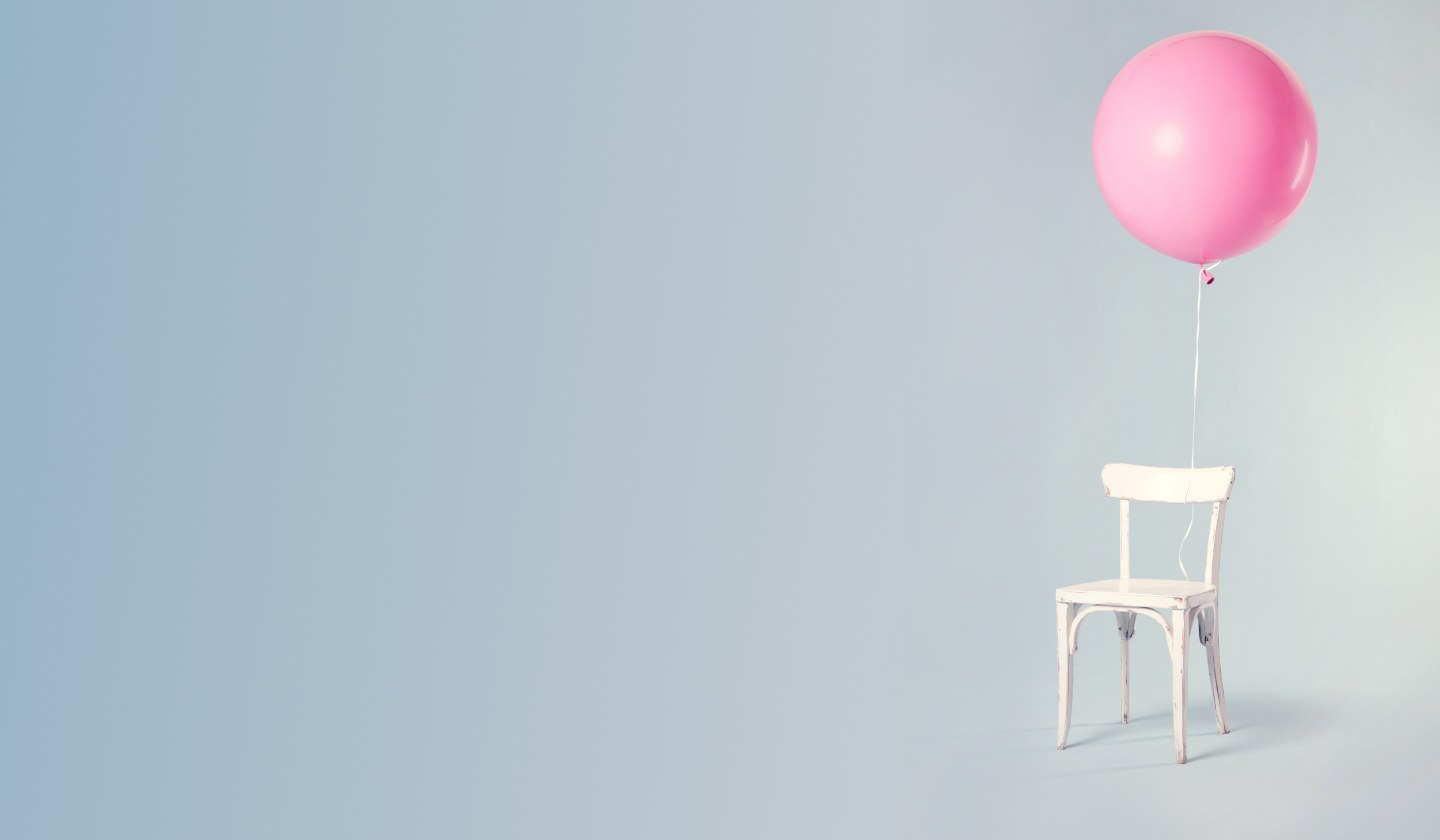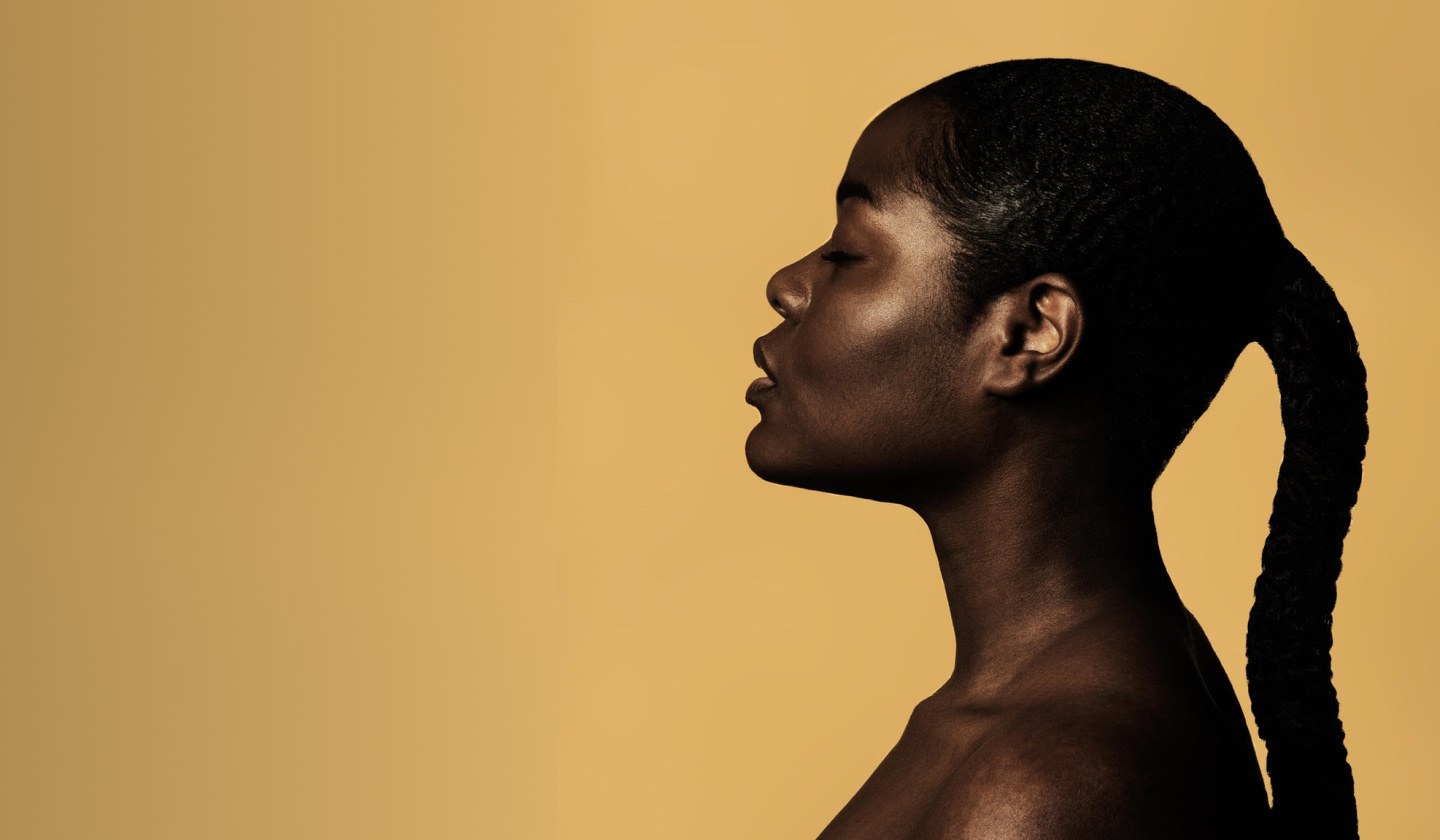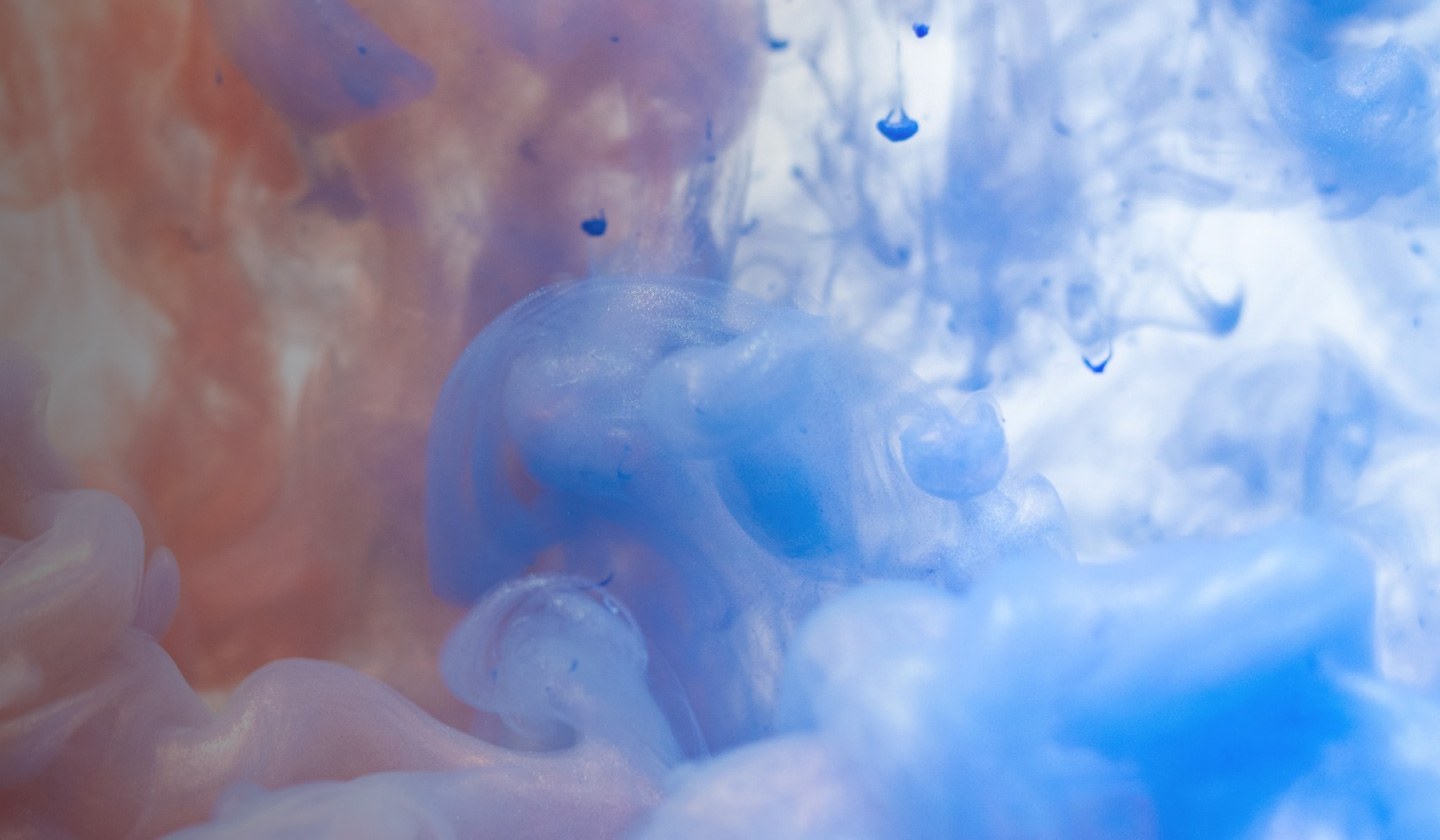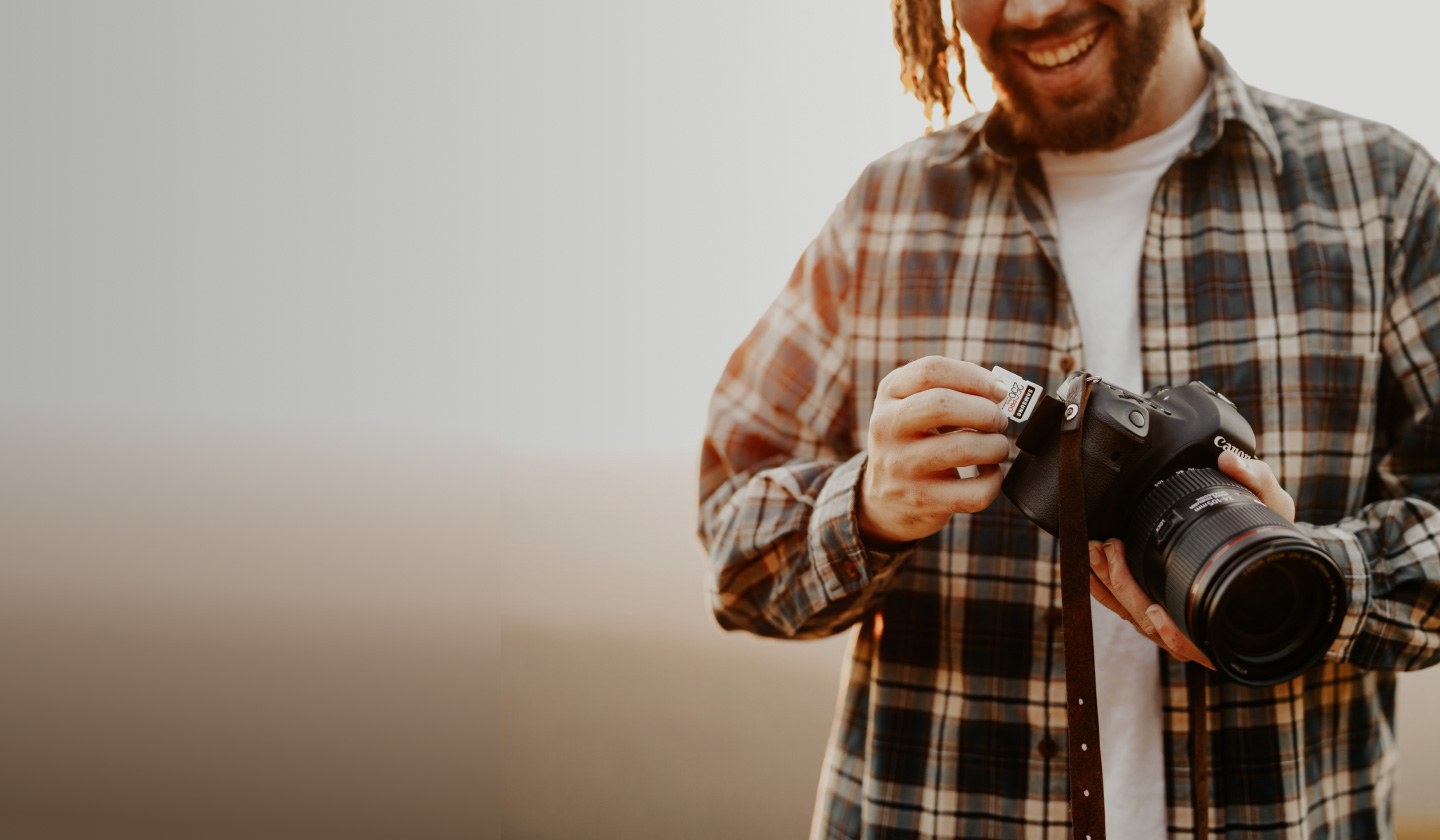Quadcopters allow you to take photos that in the past could only be taken while flying in a real huge helicopter or airplane. More and more photographers are now planning to acquire drones for subsequent drone photography.
If you are new to both photography and quadcopter planning, start with this article. It will provide you with all the knowledge you need to figure out which quadcopter to choose. It will also help you understand piloting issues, avoid incidents, talk about image transmission systems, camera capabilities, portability, service, and advanced "smart" functions of your flying device. Those who have been involved in drone photography for many years should still read the information below so as not to miss anything and possibly learn something new.
Finding new drone camera angles and perspectives is a great way to get more interesting and popular photos. And photographing with a quadcopter or other drone will allow us to look at the world in a completely different way. Everyday scenes and locations for shooting that have already lost interest for you will be fresh and exciting again because you can show them from an angle from which no one has ever seen them. And in this article, you will get some tips on how to shoot, which drone to buy, and how to win photo contests.

Technical advice about how to take drone photography
You need to know some technical advice before taking drone photography:
|
Be Prepared to pilot your drone correctly |
Find locations to shoot |
|
|
Get the correct exposition
Getting the correct exposure with your drone's camera can be tricky, as most drones have cameras with lower resolution and more limited camera dynamic range. Usually, the sensor on such cameras has a small physical size. Therefore, such cameras have low resolution, low DD, and a higher level of noise.
Shoot RAW at all times, and then you'll have more options for editing your shot.
If your drone camera supports exposure bracketing, then use it, shoot 3 frames with different exposures. As a result, with one press of the shutter button, the camera should take one shot with normal exposure, as well as one shot per stop in + and -. But remember, when shooting like this, the drone should hang motionless in the air. As a result, when you have more shots with different exposure settings, then you are more likely to get a good shot.
Look for simple patterns and shapes
When shooting from a great height with a wide-angle lens, objects such as trees, cars, and buildings, especially vertically downward, will appear smaller. Shooting like this will help you create great texture patterns. If there are a lot of objects or the relief is complex, then the result in the drone photography can also turn out to be such that it will confuse your viewer, and he will not see a clear familiar object. But looking for large, simple geometric shapes and patterns is a great way to create a clean and understandable look.
A winding road cutting a line through a large cluster of trees; the coastline neatly separates land and sea; a secluded car smashes the flat lane markings in a deserted parking lot - these are the stories that will be interesting and in demand by your viewer.
Use correct jagged lines in post-processing
Controlling the correct composition can be difficult when your drone camera is at 50 meters or when you are looking into the sun on a small screen. The drones are also good at staying in the air if there is no wind; if the wind is quite strong, then the stabilizer in the camera gimbal will not always stay exactly along the horizon. Because of all this, it can be difficult to get a good shot. Therefore, always leave some space around your subject so that you can rotate the frame and adjust the perspective without disturbing the composition, but be careful not to leave too much space, because due to the small size of the drone photography, enlarging it painlessly can be a problem.

Practical advice about how to take drone photography
Now learn about practical advice on taking drone photography:
Take a friend on the set
If possible, take an assistant. First, an assistant can help launch and land the drone handheld if the terrain, deep snow, or uneven ground is underfoot. Also, the assistant can always control the drone visually, as the laws of many countries require this.
Be a good citizen
Quadrocopters (drones) have appeared on the free market not so long ago, and laws on their use are just being developed. However, you must remember that the drone is heavy and can be dangerous to others in unskillful hands. When flying, try to avoid flying in crowds of people. Try not to invade other people's privacy. Do not fly up to the windows of other people's houses. If you are filming individual strangers or groups of people, it is still better to ask permission to shoot.
Be creative
Learning to fly a drone is just the first step to taking pictures. The second is the creativity that every pilot must show to create a beautiful photo.
This creativity requires a good grasp of drone photography fundamentals such as composition, exposure, plot, colors, and so on. After all, to get the best result, the pilot will have to mix different elements or shoot from different heights. The background of such knowledge will add personality to the photo.
Edit photos like a pro
You can't get great results just by taking a photo with a drone. To do this, you need to go through the drone photography editing process.
Programs such as Adobe Lightroom, Adobe Photoshop, Corel PaintShop Pro, Corel AfterShoot Pro, RawTherapee, etc., can help. Working with them will help improve the quality of your photos.
Consider weather conditions
Check in advance what kind of weather awaits you on the day of shooting. Otherwise, there is a risk of ruining not only the shooting but also the quadcopter.
Among other things, you should pay attention to the level of wind, which usually increases with the climb. Another factor that should not be discarded is the birds that live in the area of the planned survey. For example, seagulls can attack a quad to defend their territory.
Allow yourself to experiment
Taking drone photography will take your ability to another level. It allows you to shoot from incredibly hard-to-reach angles, making it easy for the pilot to capture mesmerizing panoramas and long exposure shots.
Feel free to experiment with different angles, shots, and styles; this will help unleash your creativity.

Required drone features
There are 6 drone features:
4K video
The modern market provides the opportunity to choose cameras with different resolutions, ranging from low-quality HD to 4K. If you're looking to edit drone photography, add filters, and upload it all to Facebook or Instagram, 1080p is enough. But if you're a blogger, if you want to shoot movies, it's better to start with 4K. Video editing lowers the resolution during cropping and scaling. Therefore, if your source is 1080p, the final video may be noticeably less clear. 4K video gives you the ability to modify the video as you see fit without losing quality.
A drone camera allows you to see the number of frames per second displayed in the specifications. Frames per second display the number of unique sequential images that the camera can capture in a second. The range is from 24 to 30fps in normal, smooth mode. But for some special effects like slow motion, you might need 60fps.
RAW and DGN formats
If you've never edited in Lightroom or Photoshop, you can ignore this paragraph entirely. Almost every photographer edits their work in a particular way. If the drone can shoot RAW or DGN photos, this will expand your editing options. In RAW or DGN format, the photo displays all the data received from the matrix; this is especially useful for night shooting. RAW or DGN formats give drone photography more options.
Immobility
If you have not planned a quadcopter before, its flight may be something completely new for you. It is capable of hovering still in the air, which is as important an option as the quality of the photos and shows how the drone can take photography. If the drone cannot hover, it will constantly rise, fall, be blown away by the wind, and this will result in blurry pictures. The ability to hover motionlessly in the air requires an advanced flight control system and onboard sensors. Most pilots would agree that DJI is unparalleled on the market. If you've watched the reviews on Youtube, DJI drones, including the Spark mini drone, are capable of hovering very accurately.
UAV with a built-in stabilizer
The stabilizer is an essential part of capturing smooth video. Some cheap drones with low-quality cameras offer stabilizers as an accessory or don't offer them at all. Without a stabilizer, you will inevitably get jumpy drone photography. Always choose cameras with a built-in stabilizer to avoid this. The DJI Phantom is the first series of quadcopters with a 3-axis gimbal. The new Mavic Pro features a revolutionary tiny 3-axis gimbal specially designed for small quadcopters.
Flight time
Most drones cannot fly for more than 30 minutes. At the moment, the industry has not found a solution to this problem. Copters with a flight time of more than 20 minutes are at the top of the industry. It's better to choose a drone with a longer flight time, like the Phantom 4 Pro, which can fly for over 25 minutes. More important, though, is learning how to best use every second. Don't forget to buy a couple of extra batteries.
Smart drone
Good drones are expensive. And not only because they take good quality drone photography and are equipped with a good flight control system, but also because they are equipped with "smart" functions. Drones can automatically track your location, fly along a given trajectory, take selfies with a wave of your hand, and more. Different quadcopter cameras have unique features. The Mavic Pro's cameras can rotate 90 degrees to shoot vertically. The Phantom 4 Pro is equipped with a mechanical shutter to smooth out distortion when shooting fast-moving subjects. And the professional camera of the Inspire 2 has a dual control system.
Finding new drone camera angles and perspectives is a great way to get more interesting and popular photos. And photographing with a quadcopter or otherwise, a drone will give a completely new angle of vision of the world around us. Everyday scenes and locations for shooting that have already lost interest for you will be fresh and exciting again because you can show them from an angle from which no one has ever seen them.
Hopefully, these tips will help you on your way to great drone photography, whether it's your main pursuit or just another tool in your photography arsenal.
Tips for drone photography FAQ
- Can I shoot with a quadcopter?
You can launch the drone during daylight hours to a height of no more than 150 m - above water or ground. At the same time, it is forbidden to "fly" over airfields, prisons, and military bases. Any mass and sporting events are also not allowed to be filmed from the drone. These are general rules, but there are other restricted areas.
- How to fly a drone to take photography?
Move along or around the object, keep the camera always pointed at it; this creates the effect of flying around, similar to the rotation of the earth around the sun. How to do it automatically: most drones over $ 500 have smart modes pre-programmed.
- What is a quadcopter with a camera for?
A quadcopter ("four-rotor helicopter") is an unmanned aerial vehicle with four propellers that are usually controlled by remote control from the ground. Usually, a mini-camera is installed on it, which allows you to take drone photography videos.
- How to rotate the camera on a Quadcopter in order to take photography?
While the aircraft is circling the subject, move the left stick in the opposite direction to rotate the aircraft camera to the left (if you are using Mode 2 and want to capture the subject while moving the camera around it counterclockwise).






